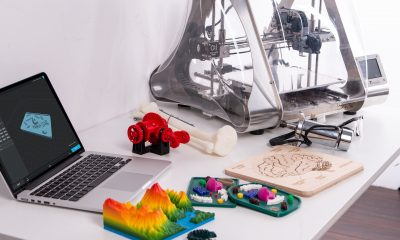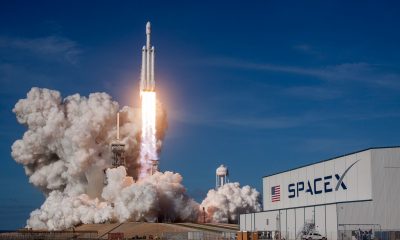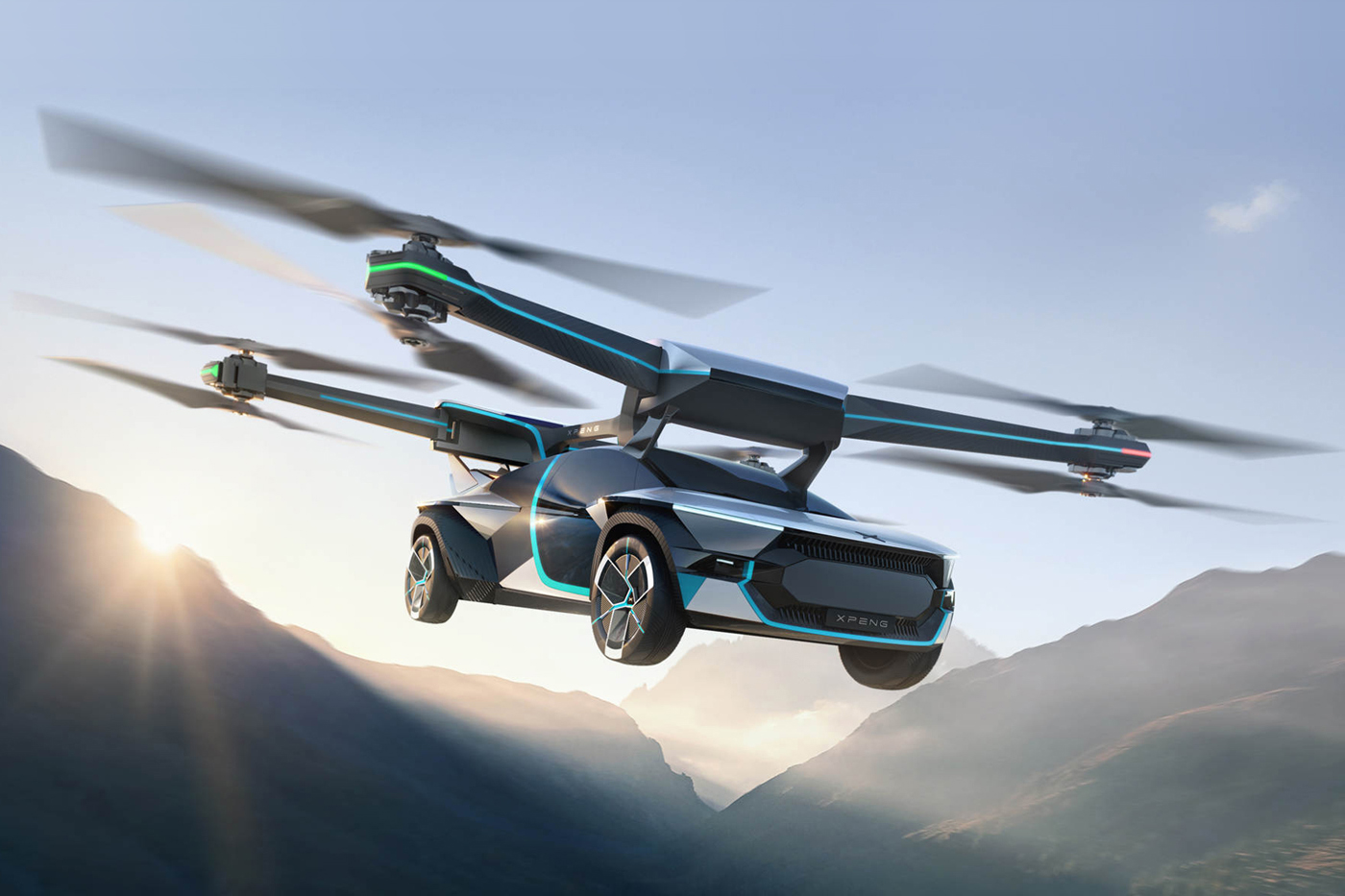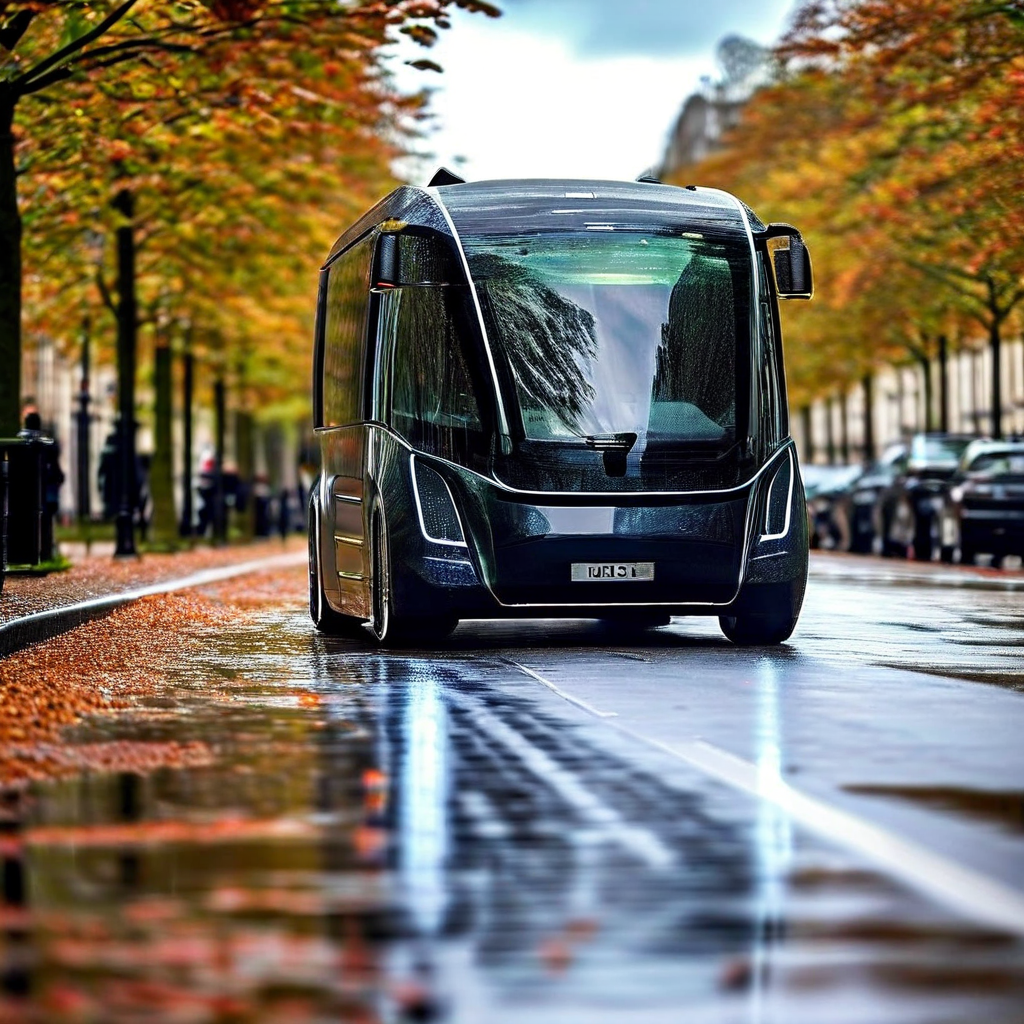In the ever-evolving landscape of the automotive industry, the Hyundai Kona has emerged as a formidable player in the small SUV segment. The latest 2023 model has undergone a significant transformation, boasting enhancements that cater to aesthetics, space, safety, and technology. But with a price tag that’s seen a notable increase, does the new Hyundai Kona justify its cost as a small family SUV? Let’s delve into the details.
Design and Aesthetics
The 2023 Hyundai Kona presents a bold statement with its design, reminiscent of futuristic themes akin to Robocop. The vehicle sports giant LED light strips on both the front and rear, complemented by pronounced creases along its sides. The base model, starting at approximately $35,800 drive-away, might raise eyebrows with its use of grey plastic around the wheel arches, intended for protection and a rugged appearance. However, for those seeking a more cohesive look, the $4000 N-Line pack offers body-colored side trims and leather interiors, which could be a worthwhile investment for potential buyers.
Interior and Technology
Upon entering the Kona, one is greeted by a dashboard that exudes modernity. Two 12.3-inch panels merge seamlessly into a curved screen, housing both the infotainment system and a digital driver display. This setup is a strong selling point, alongside convenient features such as a wireless charging pad, wireless CarPlay/Android Auto, and user-friendly climate controls. Despite these advancements, the base model’s interior materials, particularly the seat fabric and cabin plastics, may not live up to everyone’s expectations, feeling somewhat basic for the price point.
Performance and Driving Experience
Under the hood, the Kona retains its 2.0-litre non-turbo four-cylinder petrol engine, with alternative options for a more robust 1.6-litre turbo or a hybrid variant. The standard engine’s performance is adequate, though it may exhibit noise under strain and a CVT auto that can feel jittery at low speeds. Nonetheless, the Kona shines in urban environments with its nimble handling and proves to be a comfortable cruiser on highways, despite the occasional intrusion of aggressive safety alerts and beeps from the lane-keeping system.
Safety and Efficiency
Safety is a paramount aspect of the new Kona, equipped with essential features like blind spot warning and rear traffic alert. However, the entry-level model does miss out on the 3D surround monitor and live blind spot footage found in pricier Premium models. Fuel efficiency is commendable, with real-world figures aligning with Hyundai’s claims. For those prioritizing economy and urban driving, the Kona Hybrid, offering 3.9L/100km, might justify the additional $4000 investment.
Family and Practicality
The Kona’s back seats are a pleasant surprise, offering ample head, leg, and toe room, along with a central armrest, air vents, USB-C ports, and a mobile phone slot. Despite the steep initial cost and the $1995 price tag for five years of servicing, the Kona stands out as one of the top contenders in the small SUV market.
Final Thoughts
The 2023 Hyundai Kona may not be revolutionary, but it maintains its status as a top choice in its class. While some may desire a more refined cabin and a turbo engine for the price, the SUV’s comprehensive features and distinctive style offer significant compensation. The Kona’s dramatic LED light bars, roominess, and safety credentials make it a viable option for families, albeit with a wish for a quieter cabin free from the persistent safety beeps.
In conclusion, the new Hyundai Kona, priced around $36,000 drive-away, presents a package that balances innovation with practicality. Its five-year/unlimited km warranty and comprehensive safety suite, including seven airbags and advanced driver assistance systems, make it a compelling choice for those in the market for a small SUV. With a fuel consumption of 6.6L/100km and a 407L boot capacity, the Kona is well-suited for both daily commutes and family adventures. As the automotive world continues to evolve, the Hyundai Kona seems poised to keep pace, offering a glimpse into the future of family-friendly transportation.


 Home4 years ago
Home4 years ago
 Medical4 years ago
Medical4 years ago
 Gadgets4 years ago
Gadgets4 years ago
 Environment4 years ago
Environment4 years ago
 Medical4 years ago
Medical4 years ago
 Energy4 years ago
Energy4 years ago













